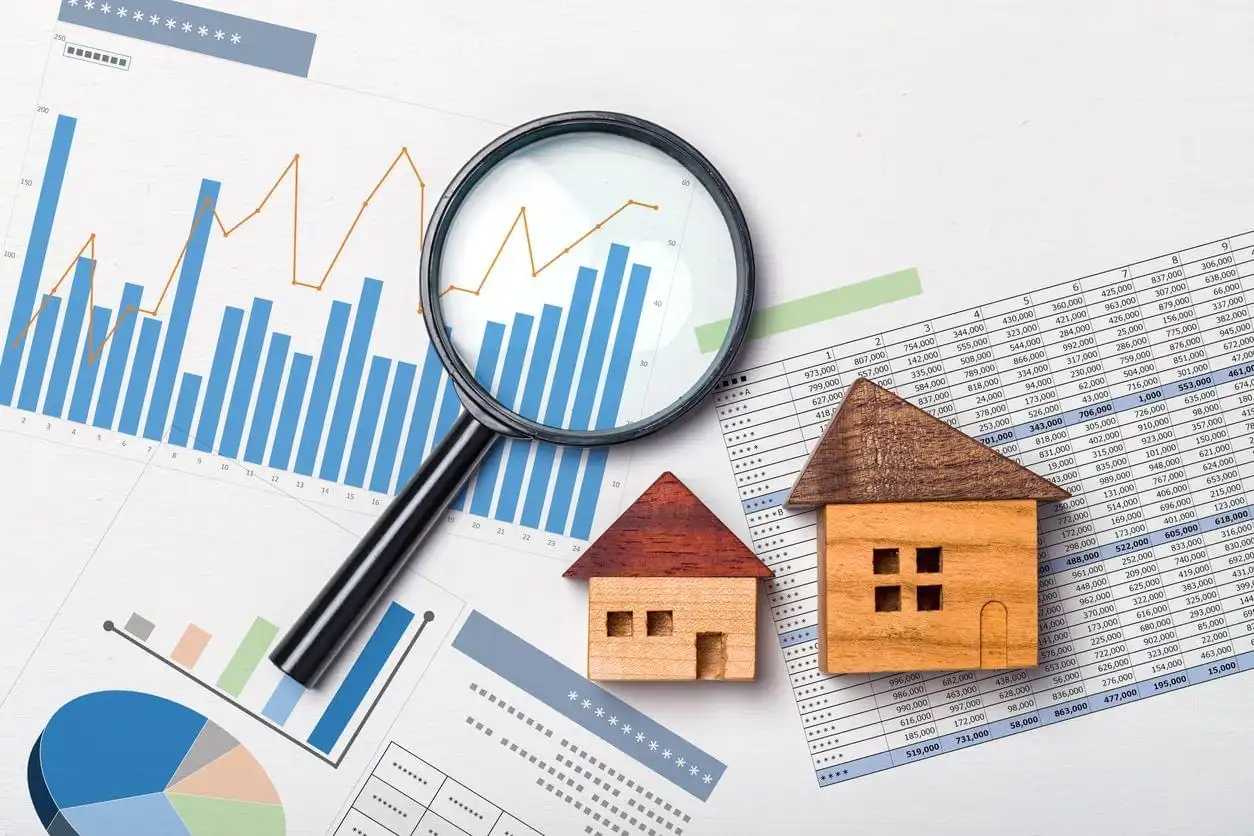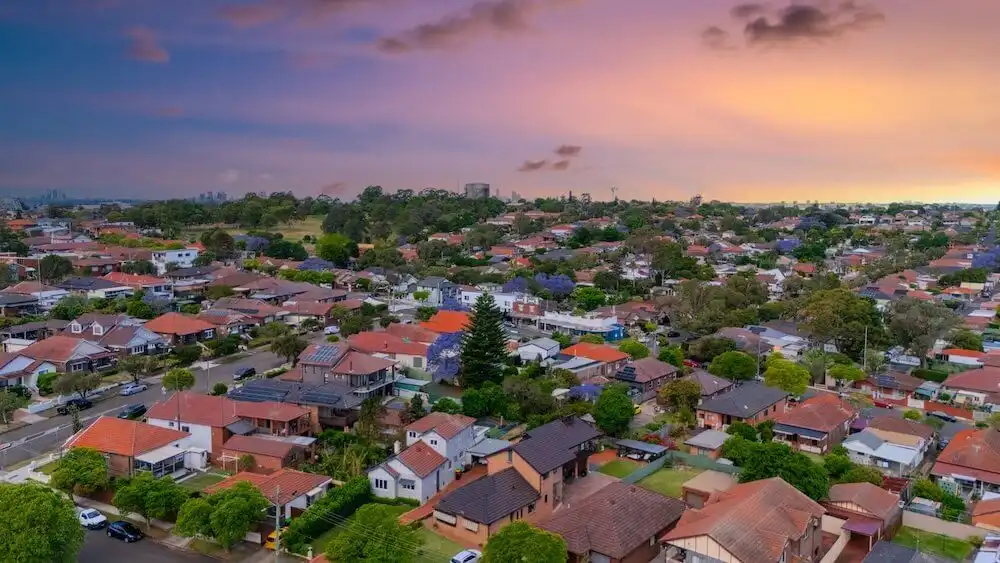5 things to expect from the 2026 property market
2025 is drawing to an end, closing a year of strong property price gains and even stronger buyer demand seen across the country.
As 2026 approaches, will it bring even more growth, or could we be in for a softer 12 months as the interest rate cutting cycle slows down?
Here are five key expert predictions and themes to look out for in the 2026 property market.

Get a free property value estimate
Find out how much your property is worth in today’s market.
Prices are forecast to rise at a steady pace
Cotality's latest data shows that, from January to October 2025, Australian property values have grown by +6.3 per cent — a considerable uplift thanks to three interest rate cuts and a widespread shortage of listings.
Looking to the big banks' forecasts for 2026, we could be in for an equally strong — or even stronger — year ahead.
Westpac is predicting a national price gain of +9 per cent over the 12-month period, suggesting that growth could remain strong until the latter stages of the year when "affordability constraints start to bite again."
NAB, meanwhile, foresees 2026 being very similar to 2025. They expect +6 per cent growth over the course of the new year.
Recent inflation data has shifted to a slightly more negative outlook, though, putting further interest rate cuts in question. Property prices in 2026 will clearly be influenced by whether or not we see more cuts.
SQM Research's Louis Christopher has outlined a range of four forecast scenarios for the year depending on factors like interest rates and unemployment. In every case, he's expecting considerable price growth; his base case forecast is growth of between +6 and +10 per cent.
"The outlook is shaped by a range of potential economic paths, from a sluggish economy – which is our base case – through to sticky inflation delaying rate relief to a global slowdown; or even a robust economic rebound is possible," Mr Christopher said.
The mid-sized capitals are expected to have another big year
For several years now, Perth, Brisbane and Adelaide have been clearly leading the capital city growth race, posting remarkable and consistent gains.
By Mr Christopher's analysis, 2026 will be no different. SQM Research is predicting double-digit growth for all three cities "due to their supply constraints and economic momentum."
Under his base case model, he sees Perth climbing +12 to +16 per cent, Brisbane rising +10 to +15 per cent, and Adelaide moving +10 to +14 per cent.
Darwin, which has experienced a noteworthy boom of its own in 2025, is also expected to be a star performer in 2026 with a forecast of between +12 and +16 per cent.
Expectations for Sydney, Melbourne, Hobart and Canberra, meanwhile, are all still looking strong at anywhere from +3 to +7 per cent.
Domain offers a softer perspective in its Forecast Report 2026, predicting a much more level playing field across the capital cities. By their assessment, every capital city market's forecast sits between +4 and +7 per cent for the year ahead.
First home buyer activity is expected to remain strong
October saw a major overhaul of the federal government's Home Guarantee Scheme, allowing more Australians access to low-deposit loans. So far, it's had a huge impact on the property market, driving strong demand at lower property price points.
To recap on how the scheme works: eligible buyers can secure a home loan with only a 5 per cent deposit, with the government guaranteeing a further 15 per cent, potentially skipping extra years of saving while the market moves on.
With caps on property prices being lifted considerably and no limit on the number of buyers who can apply, we've already seen entry-level homes gaining value at a faster pace as the number of first home buyers in the market has swelled.
Recent Cotality analysis showed "In October, dwellings with a value estimate that fell within the price caps of the 5% Deposit Scheme increased 1.2 per cent, compared to 1.0 per cent for dwellings above," confirming that cheaper homes are on the up.
Domain's Forecast Report explains that this strong momentum is expected to carry through for months to come. It says that, "By enabling purchases with a 5 per cent deposit and no mortgage insurance, the scheme could lift prices by up to 6.6 per cent in its first year."
Demand should continue to outstrip supply
One of the biggest factors influencing price growth in 2025 has been a major imbalance between housing supply and buyer demand.
Cotality pointed to record-low listings over the spring selling season as a key factor driving prices higher, particularly when already-strong buyer demand has only been increased by the Home Guarantee Scheme changes.
Investor activity has also lifted in recent months as a result of more favourable borrowing conditions post-rate cuts, further deepening the buyer pool.
Domain expects this dynamic to continue into 2026, with competition amongst buyers remaining heated with fewer properties to choose from on the market.
Their report predicted that, "Combined with stronger buyer activity – rising views per listing and enquiries – this limited stock is likely to reinforce upward pressure on prices through the first half of 2026."
Poor affordability remains a key headwind for the market
There may be a number of forces pushing prices higher in the new year, but growing affordability pressures will be a key factor in keeping a lid on how far things can go.
Cotality’s Housing Affordability Report has found that Australian housing affordability is at record lows, a problem that's unlikely to be remedied in the near future as home prices keep climbing.
Eliza Owen, Cotality's head of research, pointed out that "Australian home values have climbed roughly 47.3 per cent since March 2020, an extraordinary rise that added about $280,000 to the median dwelling value.
"In short, the past five years combined extraordinary demand drivers with supply constraints, creating an extraordinary boom in both home values and rents."
Domain's Forecast Report predicted that these pressures are likely to come to a head in some markets as the new year unfolds.
"By the second half of 2026, affordability ceilings are likely to slow momentum, particularly in Adelaide, Brisbane and Perth, where prices have already risen sharply," the report read.
Particularly if there are no further rate cuts next year and borrowing capacities remain stagnant, the pace of price growth is more likely to start testing its limits.







